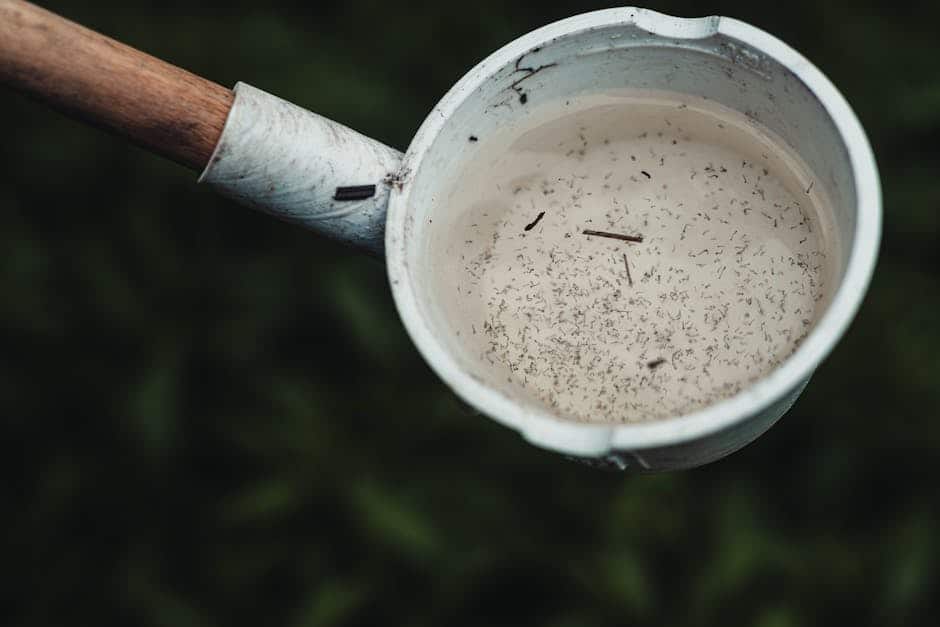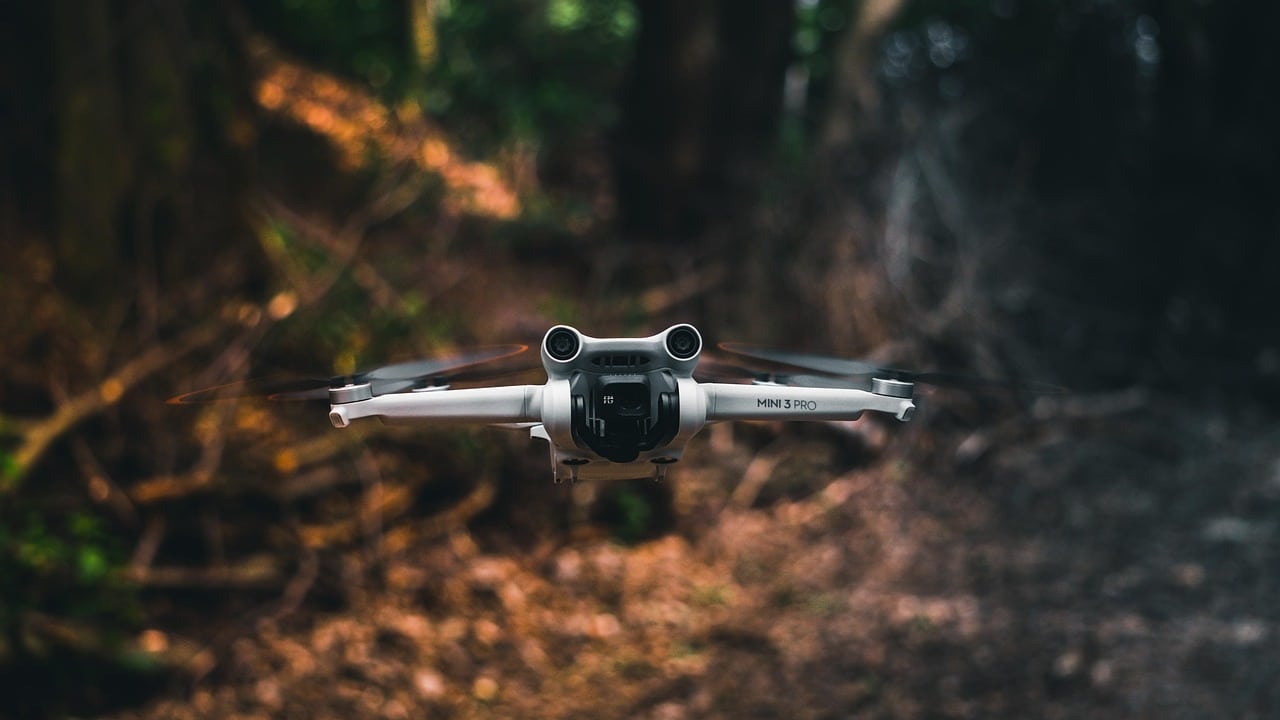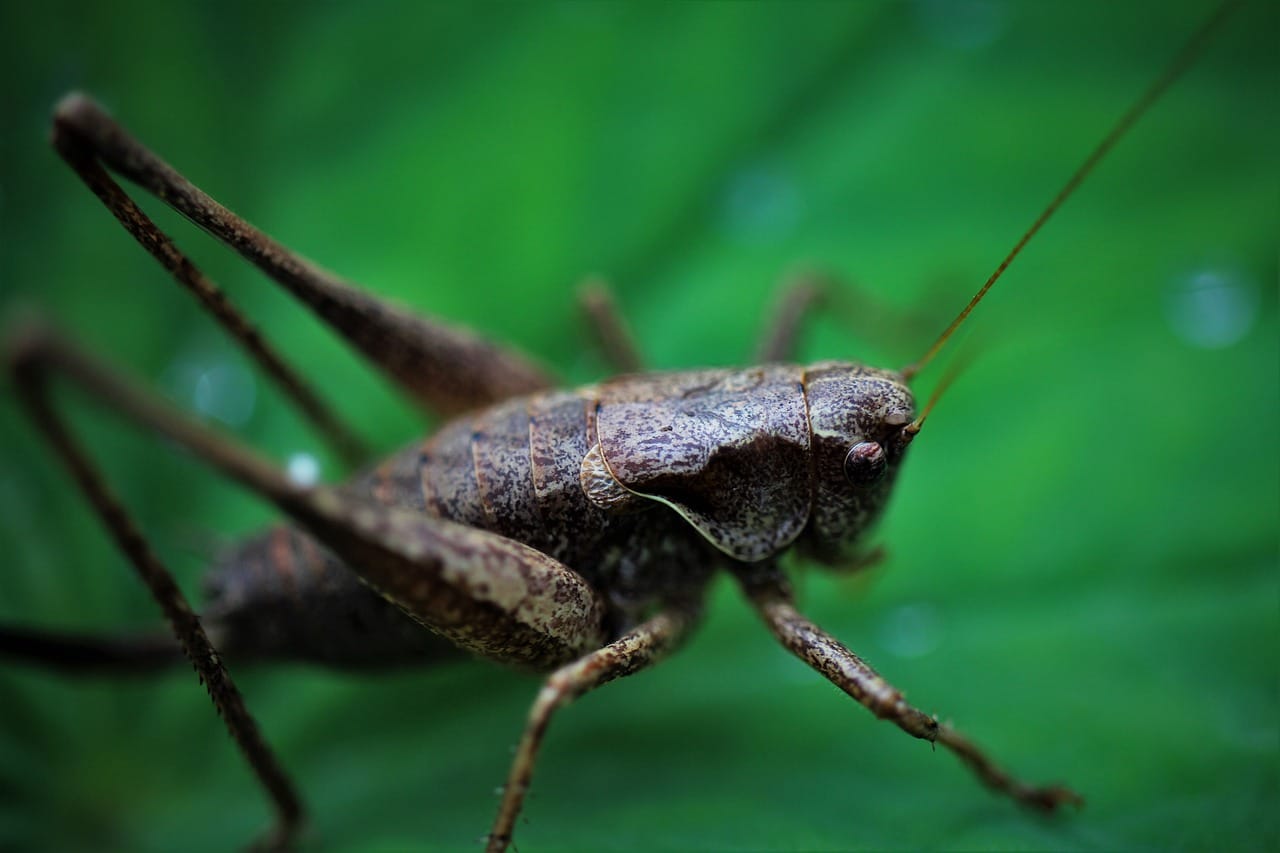Understanding the Importance of Integrated Pest Management
Integrated Pest Management (IPM) is a holistic approach to pest control that emphasizes the importance of understanding the complex interactions between pests, the environment, and human activities. This method prioritizes sustainable practices and minimizes the reliance on chemical pesticides, making it crucial for both ecological health and agricultural productivity. By implementing IPM strategies, farmers and land managers can protect crops and reduce pest populations while preserving beneficial organisms and maintaining soil health.
Key Benefits of Integrated Pest Management:
- Environmental Protection: IPM techniques help to reduce the negative impact of pesticides on non-target species and ecosystems, promoting biodiversity.
- Cost-Effectiveness: By focusing on prevention and monitoring, IPM can lead to lower pest management costs over time, reducing the need for expensive chemical treatments.
- Health and Safety: Minimizing pesticide use helps protect the health of farmworkers and consumers, reducing exposure to potentially harmful chemicals.
- Resilience Against Pests: IPM fosters a balanced ecosystem, which can enhance the natural resilience of crops against pest outbreaks.
Implementing IPM involves a variety of strategies, including cultural practices, biological control, and mechanical methods, all tailored to specific pest and crop situations. Understanding the life cycles and behaviors of pests allows for targeted interventions that can disrupt their development while minimizing harm to beneficial species. Moreover, continuous monitoring and assessment ensure that pest management strategies are effective and adaptable to changing conditions.
Education and awareness are critical components of successful IPM programs. Stakeholders, including farmers, agricultural advisors, and consumers, must be informed about the principles and practices of IPM. This knowledge not only empowers individuals to make informed decisions but also fosters a community approach to pest management that can lead to more sustainable agricultural practices and healthier ecosystems.
Exploring Different Pest Control Methods: Chemical, Biological, and Cultural
When it comes to managing pest populations, there are three primary methods employed: chemical, biological, and cultural pest control. Each method has its own unique advantages and considerations, making it essential to understand their differences to choose the most effective approach for specific pest issues.
Chemical Pest Control
Chemical pest control involves the use of synthetic or natural pesticides to eliminate pests. This method is often favored for its rapid effectiveness and ease of application. Chemicals can target a wide range of pests, from insects to rodents, and are available in various formulations such as sprays, granules, and baits. However, it’s important to note that chemical methods can also pose risks to non-target organisms, including beneficial insects, pets, and humans. To maximize safety and efficacy, it is crucial to follow application guidelines and consider integrated pest management (IPM) strategies.
Biological Pest Control
Biological pest control leverages natural predators, parasites, or pathogens to manage pest populations. This eco-friendly approach seeks to restore balance within the ecosystem by introducing beneficial organisms that can naturally reduce pest numbers. For example, ladybugs are commonly used to control aphid populations, while nematodes can target soil-dwelling pests. Although biological methods may take longer to show results compared to chemical solutions, they contribute to sustainable pest management by minimizing environmental impact and reducing chemical residues in the ecosystem.
Cultural Pest Control
Cultural pest control focuses on modifying agricultural practices and environmental conditions to deter pests. This method includes strategies such as crop rotation, planting pest-resistant varieties, and adjusting planting dates to avoid peak pest populations. By creating an environment that is less conducive to pest infestations, cultural practices can significantly reduce the need for chemical interventions. Implementing these practices requires a comprehensive understanding of the local ecosystem and pest behaviors, making it a proactive approach to pest management.
Each pest control method—chemical, biological, and cultural—offers unique benefits and challenges. By exploring these options, individuals and professionals can develop effective pest management strategies tailored to their specific needs and environmental considerations.
How to Effectively Combine Pest Control Approaches for Maximum Efficiency
Combining various pest control approaches can significantly enhance the effectiveness of your pest management strategy. By integrating multiple methods, you can target pests more efficiently while minimizing the risks associated with any single approach. The key is to understand the strengths and weaknesses of each method and how they can complement one another.
1. Cultural Control: This method involves modifying the environment to make it less conducive to pest infestations. Practices such as crop rotation, proper sanitation, and maintaining healthy soil can deter pests naturally. When combined with other methods, such as chemical treatments, cultural controls can reduce the overall pest population and minimize the need for more aggressive interventions.
2. Biological Control: Utilizing natural predators or parasites can effectively manage pest populations. For instance, introducing ladybugs to control aphids or using nematodes to target soil-dwelling pests can provide long-term solutions. When integrated with cultural controls, biological methods can create a balanced ecosystem that discourages pest establishment while promoting beneficial organisms.
3. Chemical Control: While the use of pesticides is sometimes necessary, relying solely on chemical treatments can lead to resistance and environmental harm. By combining chemical control with cultural and biological methods, you can apply pesticides more strategically. This integrated approach not only targets the immediate pest problem but also addresses the underlying factors that contribute to infestations, leading to a more sustainable solution.
4. Monitoring and Evaluation: Regularly assessing the effectiveness of your combined approaches is crucial for success. Implementing monitoring techniques such as traps, visual inspections, and data collection allows you to adapt your strategy based on real-time results. This ongoing evaluation ensures that you can make informed decisions and adjust your methods to maintain maximum efficiency in pest control.
Case Studies: Successful Implementation of Combined Pest Control Strategies
1. Integrated Pest Management in Agriculture
One notable case study involved a large-scale organic farm that adopted Integrated Pest Management (IPM) to combat aphid infestations. By combining biological controls, such as introducing ladybugs and lacewings, with cultural practices like crop rotation and the use of resistant plant varieties, the farm successfully reduced aphid populations by over 70%. This multifaceted approach not only minimized chemical pesticide use but also improved the overall health of the ecosystem, showcasing the effectiveness of combining various pest control strategies.
2. Urban Pest Control in Commercial Properties
In an urban setting, a commercial property management company faced recurring issues with rodents and cockroaches. By implementing a combined strategy that included sanitation improvements, habitat modification, and targeted pesticide application, the company was able to achieve a remarkable reduction in pest sightings. Regular inspections and monitoring were integrated into the plan, allowing for swift action when pest activity was detected. As a result, tenant satisfaction increased, and the property maintained a pest-free reputation, illustrating the success of a holistic approach to pest management.
3. Residential Pest Control Success Story
A family home in a suburban neighborhood experienced persistent termite problems. By employing a combination of baiting systems, physical barriers, and regular inspections, the homeowners effectively eliminated the termite infestation. The use of bait stations attracted and killed the termites, while the physical barriers prevented future infestations. This case underscores the importance of a proactive and integrated strategy, demonstrating how homeowners can successfully manage pest issues while minimizing reliance on harmful chemicals.
4. School District Pest Management Program
A school district facing challenges with pests such as ants and spiders decided to implement a combined pest control strategy across its campuses. The program included education for staff and students on proper food storage and waste disposal, regular landscape maintenance to eliminate pest habitats, and the use of eco-friendly pesticides when necessary. Over the course of the school year, pest reports dropped significantly, leading to a healthier learning environment. This case study highlights how collaboration and education can enhance pest control efforts within community settings.
Tips for Homeowners: Creating a Customized Pest Control Plan
Creating a customized pest control plan is essential for homeowners who want to protect their property from unwanted pests. The first step in this process is to conduct a thorough inspection of your home and surrounding areas. Look for signs of pest activity, such as droppings, nests, or damage to wood and insulation. Identifying the types of pests present will help you tailor your approach effectively. Remember, different pests require different control methods, so being specific about your pest problem is crucial.
Consider these key elements when developing your pest control plan:
- Assessment: Regularly assess your home for vulnerabilities. Check for gaps in windows, doors, and foundation that pests can exploit.
- Prevention: Implement preventative measures, such as sealing entry points and maintaining cleanliness in and around your home.
- Treatment Options: Explore both chemical and natural treatment options. Decide which methods align with your values and the safety of your family and pets.
- Monitoring: Set up a monitoring system to keep track of pest activity. This could involve traps or simply regular check-ins.
In addition to these foundational steps, consider enlisting the help of a professional pest control service. They can provide insights and advanced strategies tailored to your specific situation. If you choose to go this route, ensure that the company uses integrated pest management (IPM) techniques, which emphasize long-term prevention and minimal chemical use. Remember, a customized pest control plan is not a one-time solution but an ongoing commitment to maintaining a pest-free environment.
Finally, don’t forget to educate your family members about the importance of your pest control efforts. Teaching everyone in the household to recognize signs of pest activity and encouraging them to report any issues can make a significant difference. By fostering a proactive approach, you empower your family to contribute to a pest-free home.













